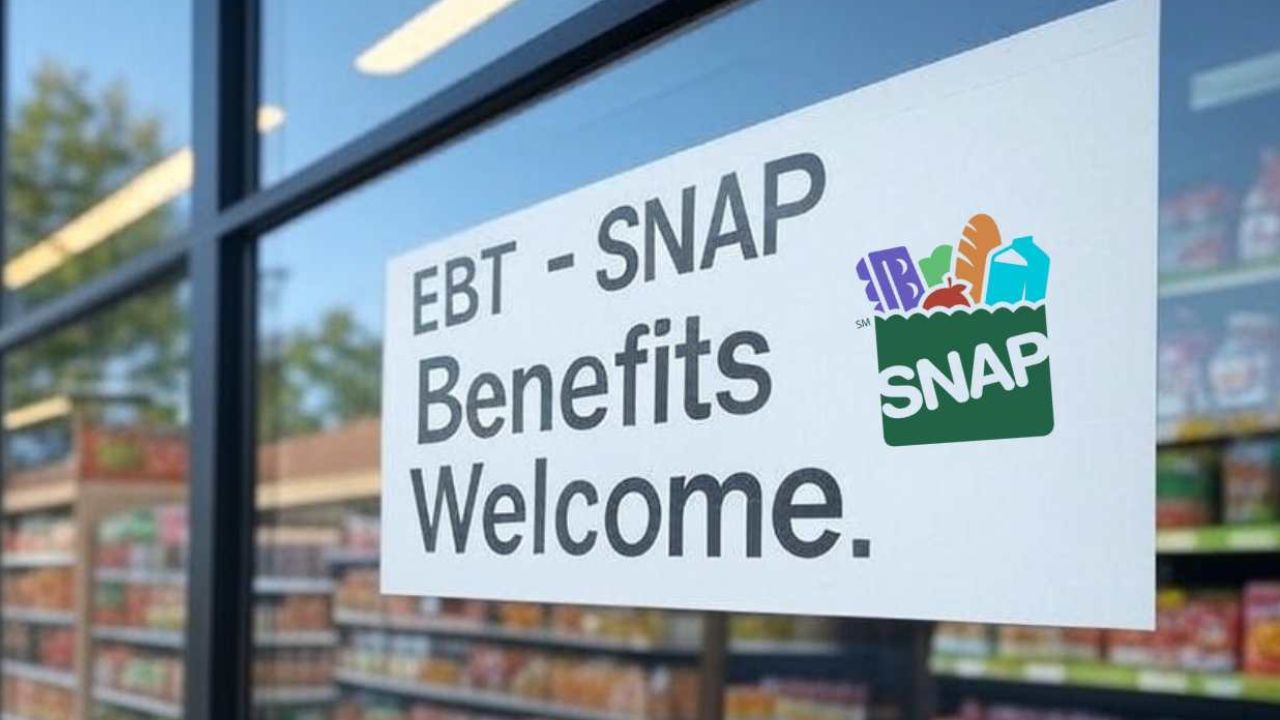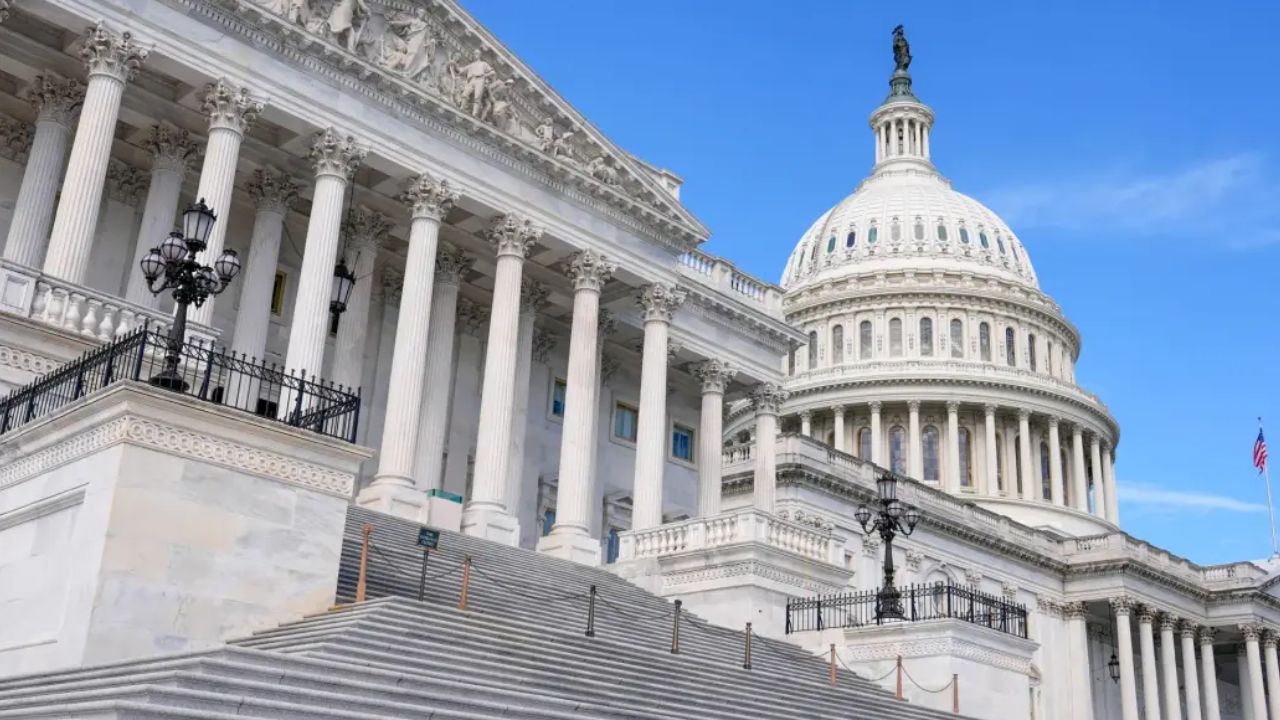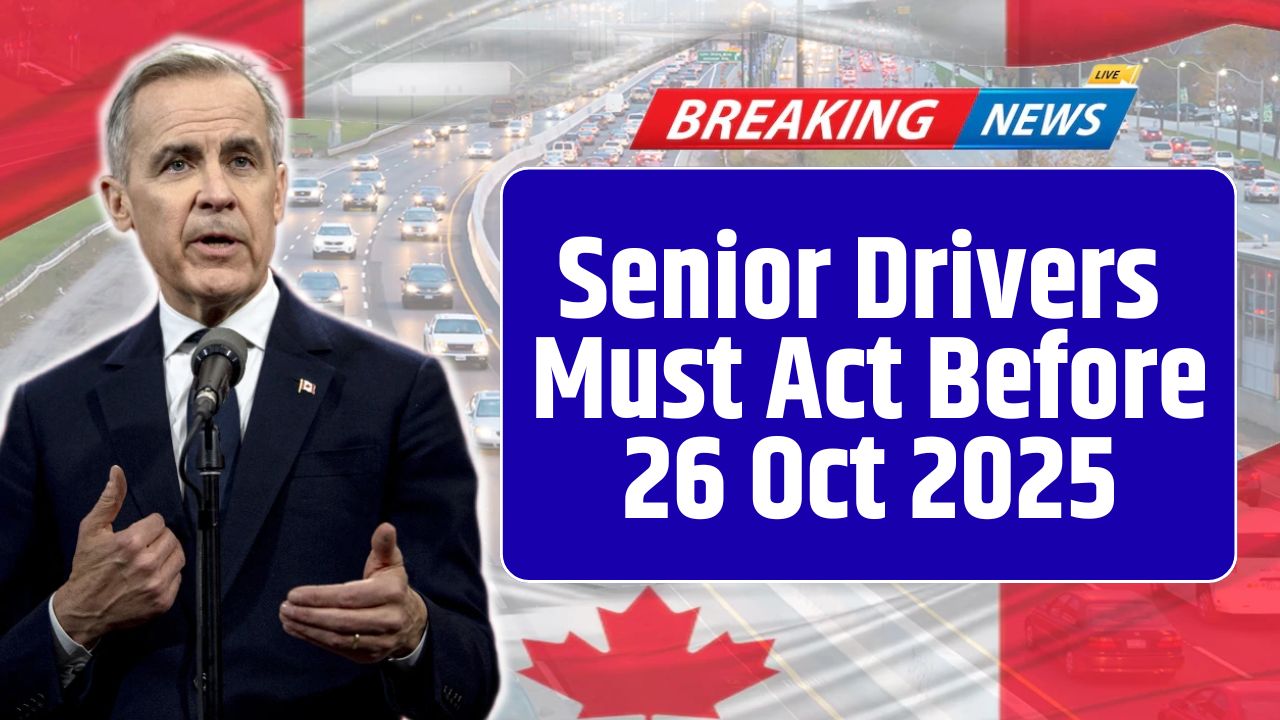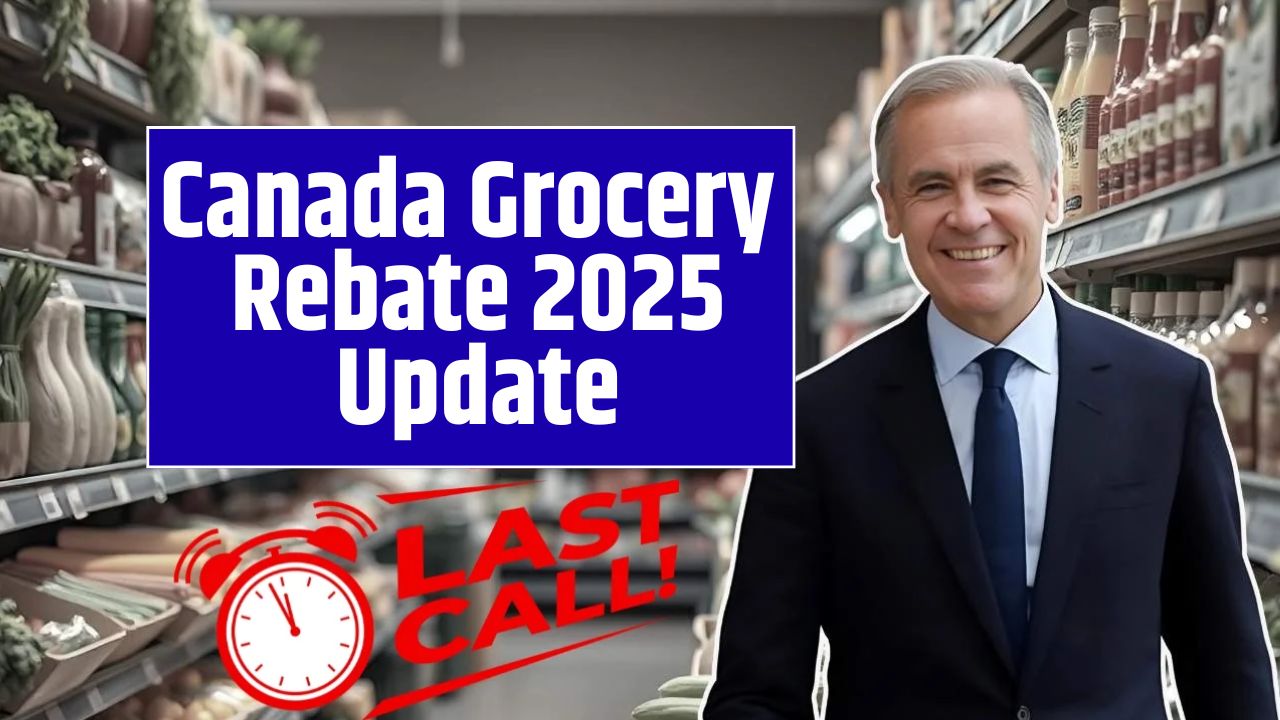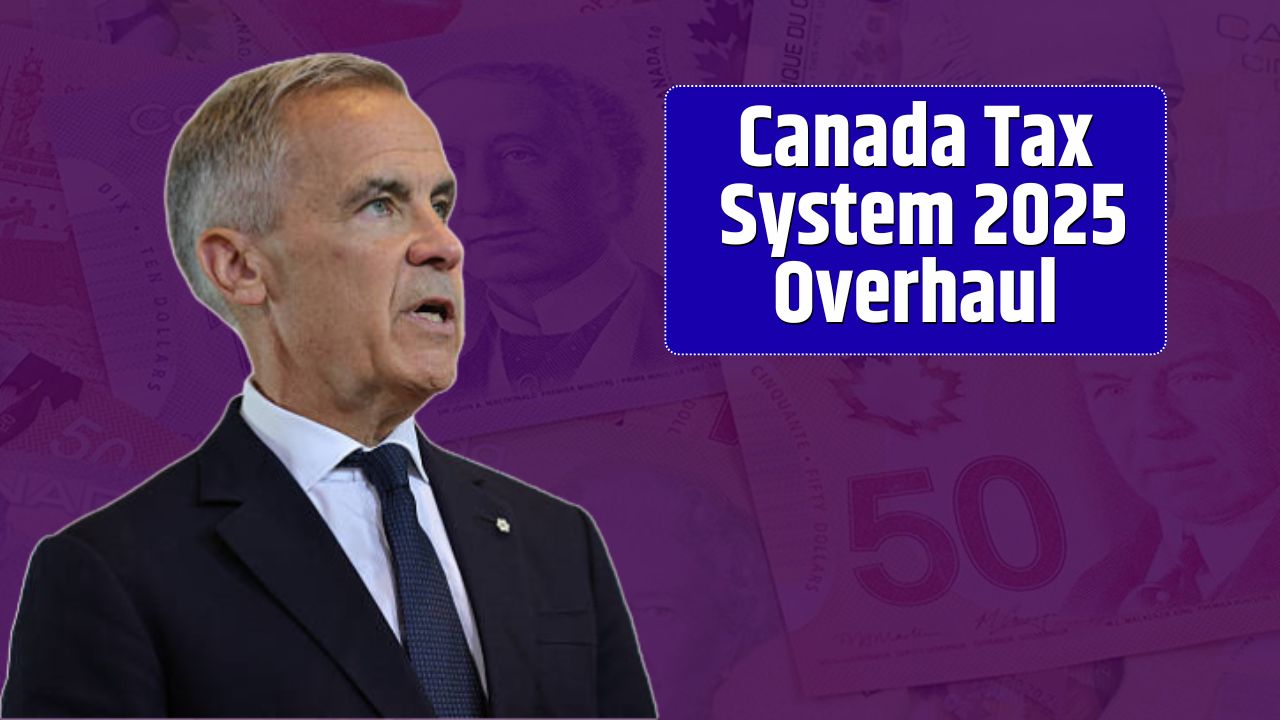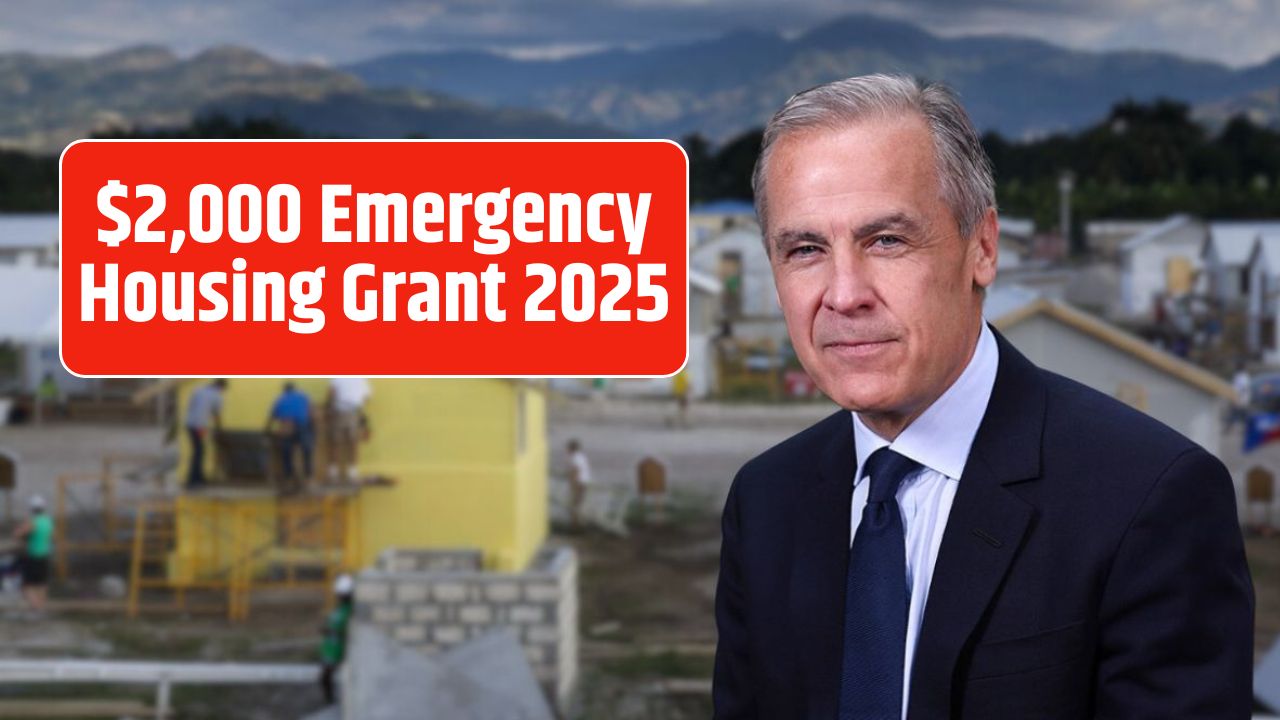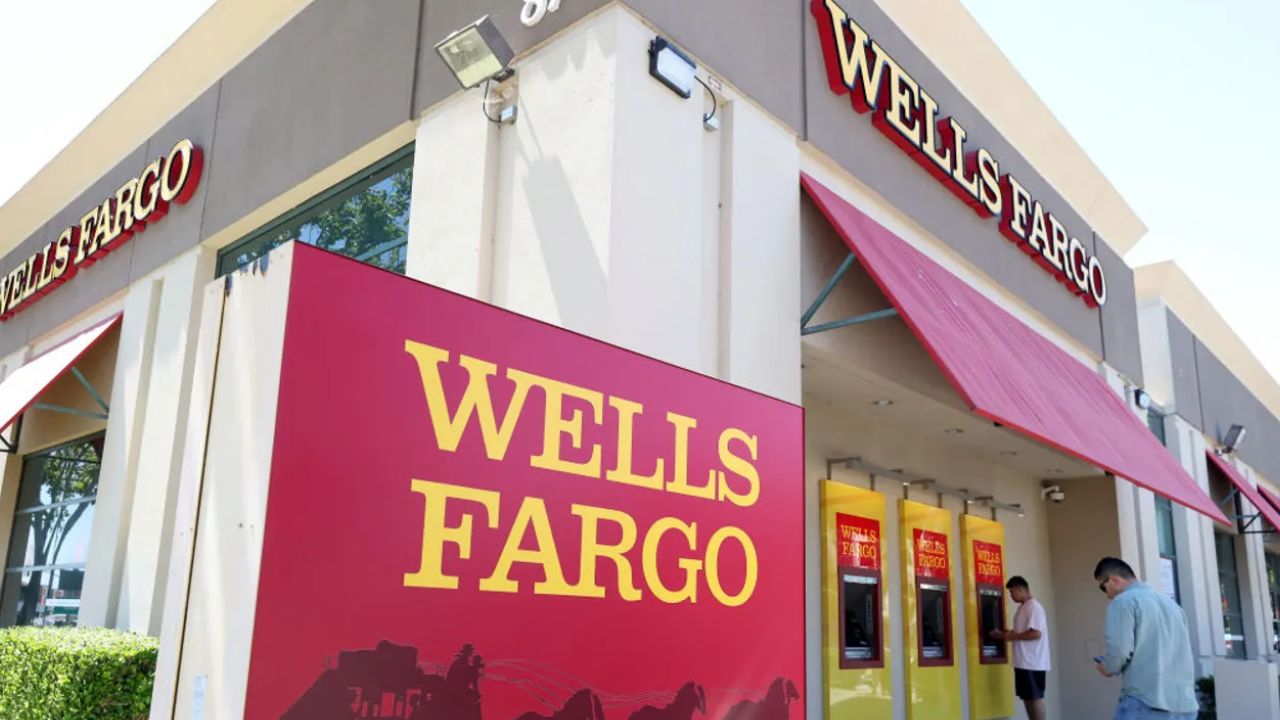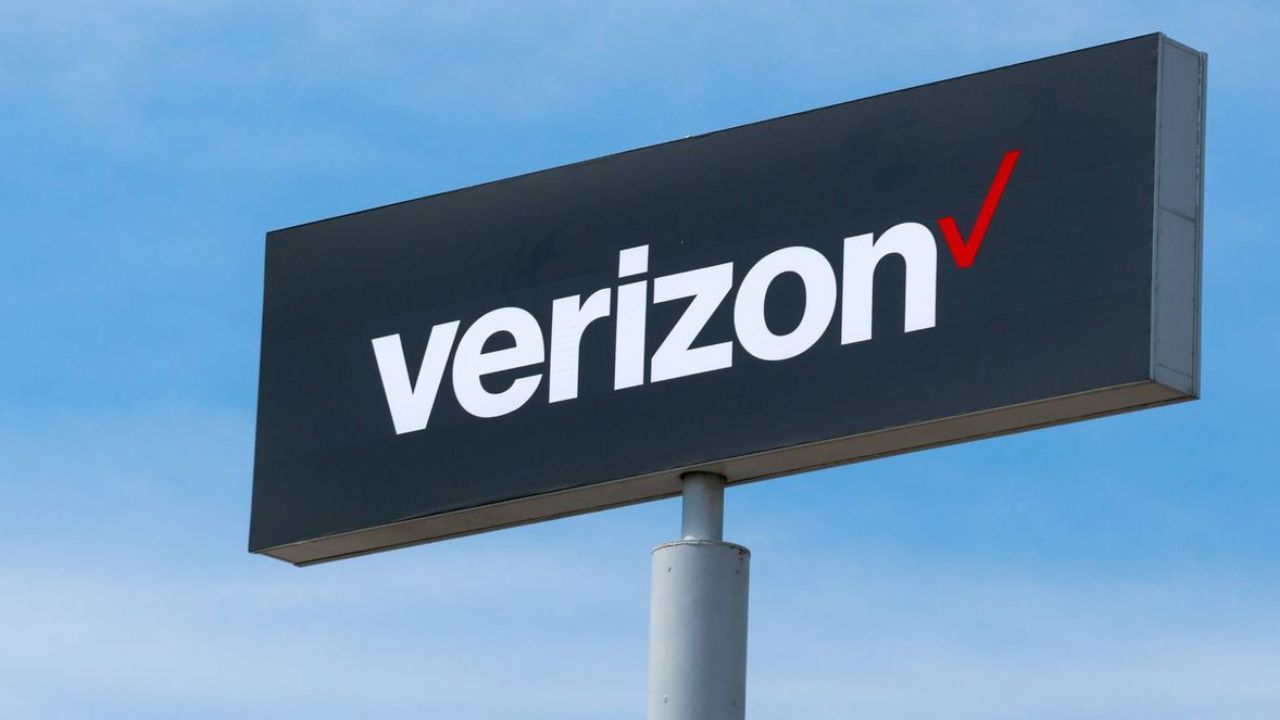Food insecurity is once again tightening its grip on thousands of Colorado families as the ongoing federal government shutdown threatens to cut off SNAP (Supplemental Nutrition Assistance Program) benefits for the month of November. With no resolution in sight, state and county officials are sounding the alarm — and scrambling to find ways to keep families fed if the flow of federal funds doesn’t resume soon.
SNAP Funding at Risk Amid Federal Shutdown
The Colorado Department of Human Services (CDHS) confirmed that over 620,400 Coloradans currently rely on SNAP benefits — a program that has already distributed more than $117.9 million in 2025 to help low-income households afford food. But if Congress fails to pass a budget deal, those benefits could vanish for November.
Local governments, including Adams County, have warned residents that new and ongoing SNAP cases may not receive November benefits. Those who applied or recertified in October will still get their October assistance, but anything beyond that is uncertain.
Adams County’s statement was blunt:
“Adams County has no control over when benefits will be available because availability of SNAP benefits depends completely on the federal government.”
For many families, that uncertainty could mean empty refrigerators within weeks.
What SNAP Means for Colorado Families
SNAP isn’t just a number on a spreadsheet. It’s the bridge that helps low-income parents, seniors, and individuals put food on the table. According to Governor Jared Polis, around 334,500 Colorado households depend on SNAP — half of them with children, and another 10% with older adults.
In Weld County, more than 18,700 households receive an estimated $7.26 million in benefits each month. If the program stalls, that’s a massive financial and nutritional gap for the region to fill.
Jamie Ulrich, Director of Weld County’s Department of Human Services, warned of a domino effect:
“This will put even more pressure on local resources, such as community food banks, to try to provide assistance to families in need.”
Boulder County echoed the concern, reporting a sharp rise in food pantry visits since earlier SNAP reductions this year.
Local Governments Brace for Impact
Governor Polis has been in talks with state agencies and nonprofits to find stopgap solutions, but even the state’s hands are tied. SNAP is a federal entitlement program run through the U.S. Department of Agriculture (USDA), meaning funding is halted when federal operations shut down.
Polis acknowledged the challenge in a press release:
“Our State is looking at all options for helping feed families in need and is currently having conversations about the negative impacts this will create and how to support people should the federal government not reopen.”
At the local level, counties are urging residents to stay informed through official sources and make use of community resources like:
- Colorado 211 – Dial 211 or visit www.211colorado.org
- Feeding Colorado – Find local food banks at www.feedingcolorado.org/find-food
Meanwhile, Denver Mayor Mike Johnston and First Lady Courtney Johnston plan to volunteer at the Food Bank of the Rockies this weekend, rallying donations as part of the First Lady’s “Give5 Mile High Initiative.”
What Happens if SNAP Payments Stop?
If the shutdown continues into November, no new SNAP disbursements will be issued until Congress reopens the government and releases funds. However, applications will still be accepted and processed, so beneficiaries are encouraged to continue applying or renewing.
Here’s how the situation breaks down across Colorado:
| County | Monthly SNAP Cases | Monthly Benefit Value | Current Status |
|---|---|---|---|
| Adams County | 20,000+ | ~$8 million | October benefits issued; November uncertain |
| Weld County | 18,774 | $7.26 million | Processing continues; waiting on federal funds |
| Boulder County | 10,000+ | ~$4 million | SNAP active for October; possible November delay |
| Denver County | 45,000+ | ~$17 million | Food banks preparing for surge in demand |
Ripple Effects on Local Communities
The implications go far beyond individual households. Food pantries, churches, and nonprofits are bracing for an unprecedented spike in demand. Organizations like Mile High United Way and MyFriendBen (an open-source benefit tool for families) are stepping in to help people navigate available aid programs while SNAP is on hold.
But those resources are limited. If the shutdown stretches on, it could trigger what one nonprofit director described as a “hunger ripple effect” — where food banks quickly deplete reserves trying to fill the gap left by federal aid.
What Programs Are Still Safe
Not everything is grinding to a halt. According to Boulder County Human Services, programs like Social Security, Medicare, Health First Colorado (Medicaid), and CHP+ are not directly affected by the shutdown — at least for now. However, the county warned that payment delays could occur if the shutdown drags on for weeks. Those who rely on Temporary Assistance for Needy Families (TANF) or housing benefits through HUD should also keep an eye on county updates.
FAQs:
Are November SNAP benefits definitely canceled in Colorado?
Not yet. They are delayed due to the federal government shutdown, and the situation depends on how long the shutdown lasts.
Can I still apply or renew my SNAP benefits?
Yes. Counties will continue processing applications even if payments are temporarily paused.
Where can I get food assistance in the meantime?
Contact Colorado 211 or visit Feeding Colorado to locate nearby food banks and pantries.
